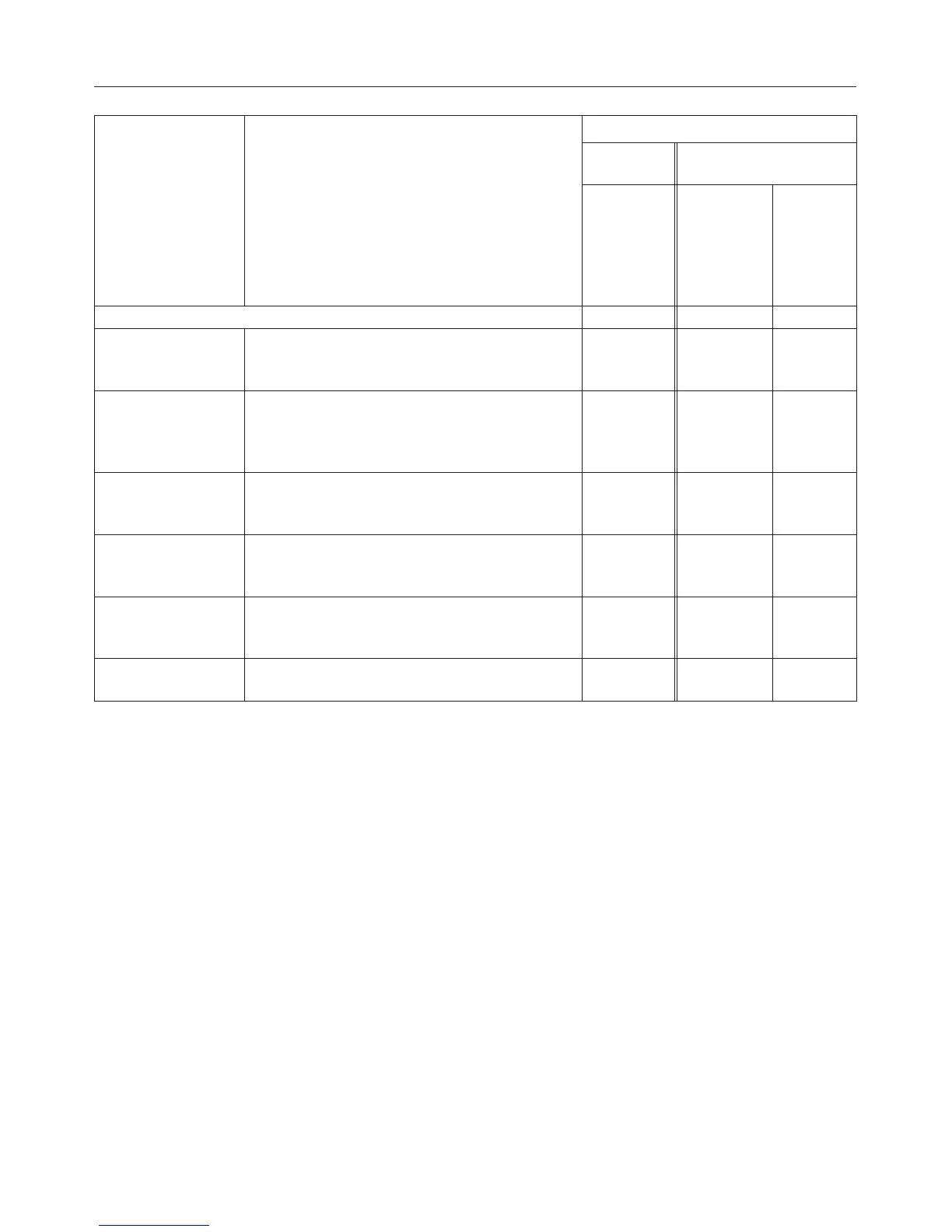
 Loading...
Loading...
Do you have a question about the Miele G 848 and is the answer not in the manual?
| Brand | Miele |
|---|---|
| Model | G 848 |
| Category | Dishwasher |
| Language | English |
Identifies key dishwasher components using numerical labels for easy reference.
Details the functions and layout of the control panel's buttons, indicators, and selector.
Highlights critical precautions for operating the dishwasher to prevent injury and damage.
Instructions on how to dispose of packaging materials responsibly.
Tips for optimizing dishwasher use for energy and water efficiency.
Explains how to set the water softener based on local water hardness for optimal cleaning.
Guides on filling the rinse aid reservoir and its importance for drying.
Instructions for opening, closing the door, and operating the child safety lock.
In-depth explanation of the water softener's function and water hardness impact.
Step-by-step guide to program the dishwasher's water hardness settings.
Instructions for adjusting the physical water hardness selector inside the dishwasher.
Method to verify the currently programmed water hardness setting.
Detailed instructions for filling the salt reservoir with specific dishwasher salt.
Explains the salt indicator light and the procedure to bypass it.
Information on rinse aid use and step-by-step guide on adding it to the dispenser.
Describes the rinse aid indicator light and its meaning.
Instructions on adjusting the rinse aid dosage for optimal performance.
Demonstrates loading for upper basket, cup rack, and coffee bar with examples.
Guidelines for loading larger and heavier items like plates and pots into the lower basket.
Instructions for using bottle holder accessory and guidance on cutlery loading.
Lists items that should not be washed to prevent appliance damage or poor results.
Guidance on adding detergent and how to fill the dispenser.
Guidance on choosing the correct wash program based on dish type and soiling.
Steps to start, monitor, and understand program sequence indicators.
Procedures for handling the end of a cycle, unloading, and turning off the appliance.
How to pause, interrupt, or change a running wash program with safety considerations.
Detailed steps for cleaning the dishwasher's internal filter system.
Instructions for cleaning the spray arms to ensure proper water jet function.
Instructions for cleaning wash cabinet, door seal, control panel, and door panels.
Steps for cleaning the water intake filter and checking the water level.
Method to adjust water intake duration for insufficient water supply.
Instructions for cleaning the drain pump and non-return valve to resolve drainage issues.
Explains the PC indicator for software updates and program correction by technicians.
Information on accessories for washing bottles and long-stemmed glassware.